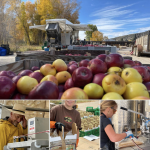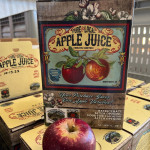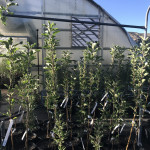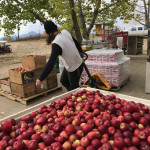Montezuma Orchard Restoration Project is often asked, “So, What happened to make fruit production come to a halt in the region?” In short, with the rise of industrialized agriculture Montezuma County’s fruit industry was unable to compete on the economy of scale. Despite the genetic diversity of our area’s first orchards, within 20 years, by 1910, local orchardists were turning to commodity crops realizing that a boxcar of shiny red apples sold better than one of mixed varieties.
Locals say that during the economic hard times of The Great Depression and the 1970’s Oil Embargo, trucks from Texas stopped driving up to area orchards, to load with fruit. Over the years, the rise of Washington State apples, end of the railroad, distance from an interstate, decrease in quality standards, fuel and labor shortages, orchard killing and late frosts, and replacing trees in favor of alfalfa production proved challenging.
However, throughout the 20th Century these orchards dominated the landscape and culture of our county, not fading from the scene until about the late 1990s. Ironically, the challenges limiting the growth of our fruit economy contribute to why so many old trees remain. There was no market incentive to tear out aging trees and plant new ones as was the case in the Palisade area. Additionally, our dry climate limits diseases of humidity that so often kill apple trees.
Equally important, many homestead families remained, living here over the century, and never ceased loving the trees that reminded them of their past. Although the great reputation of our orchard era is memory of an earlier time, these old trees, remnant orchards, and histories are still viable and valuable.
With the returning interest in local foods, heritage fruits, cider, and regional food systems they are irreplaceable building blocks (genetics and knowledge) for an economy based upon the legendary quality of Montezuma Valley Fruits.




